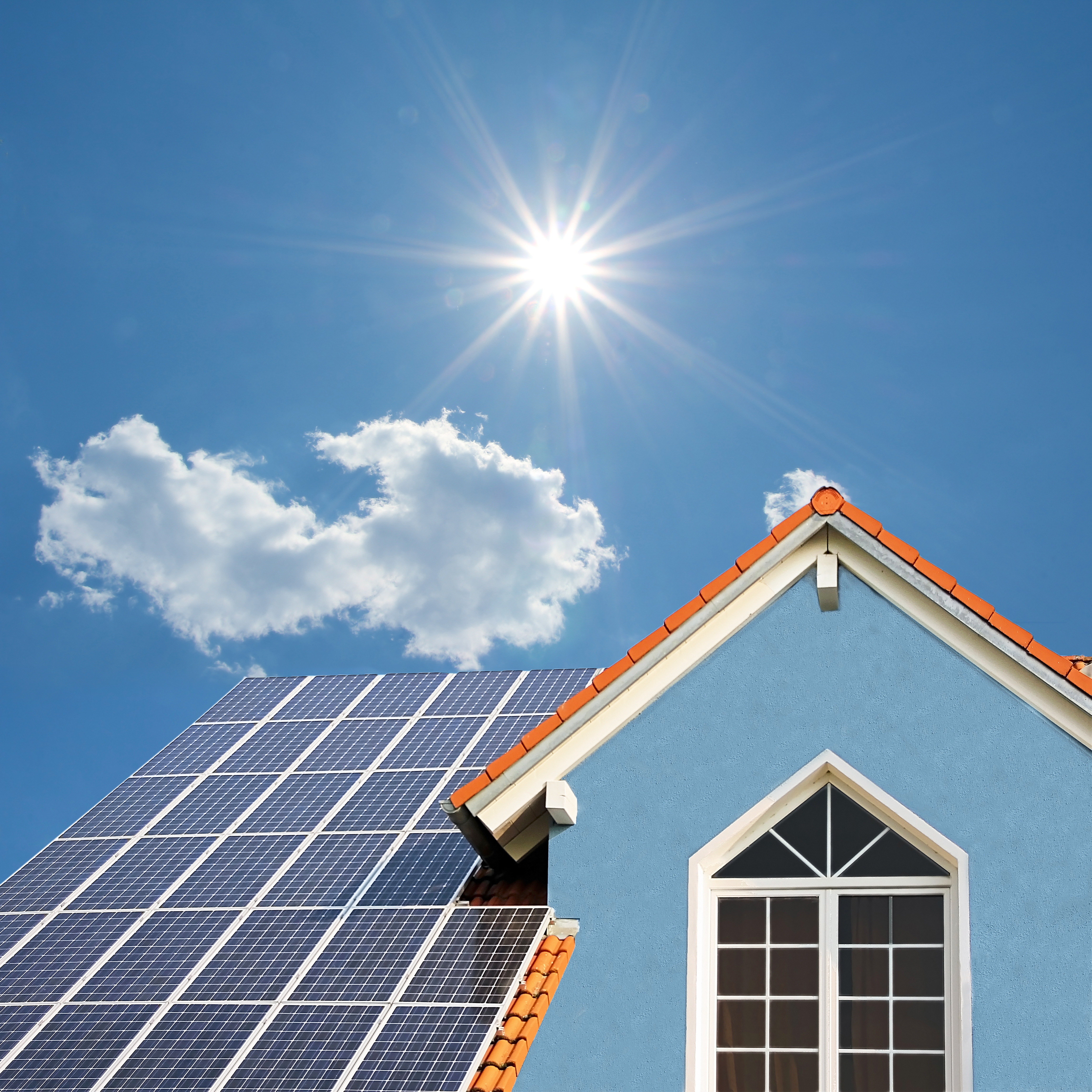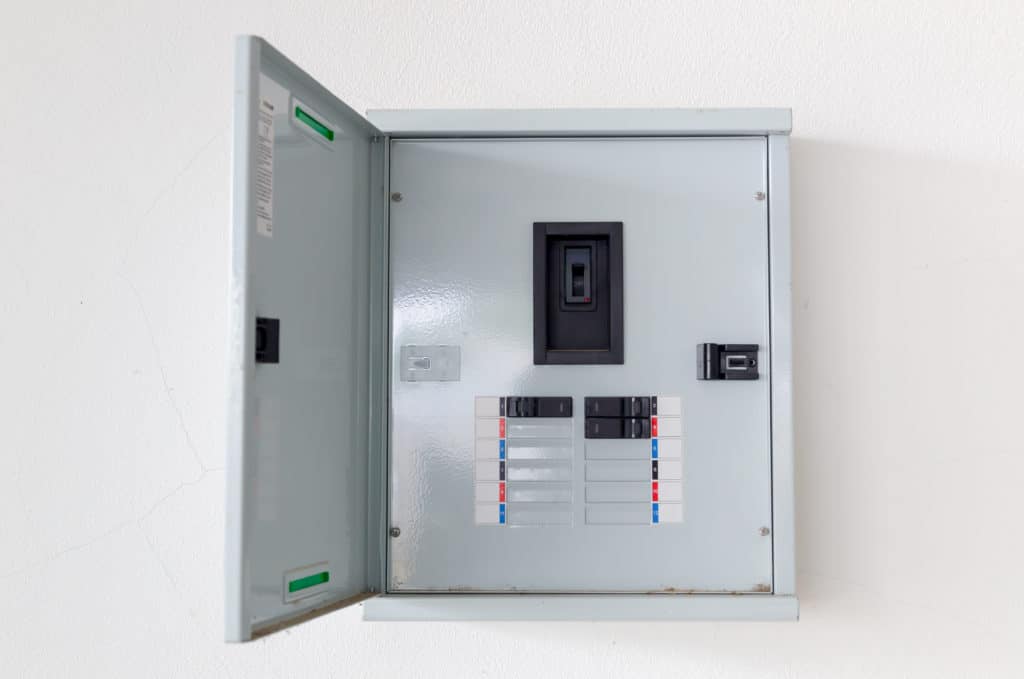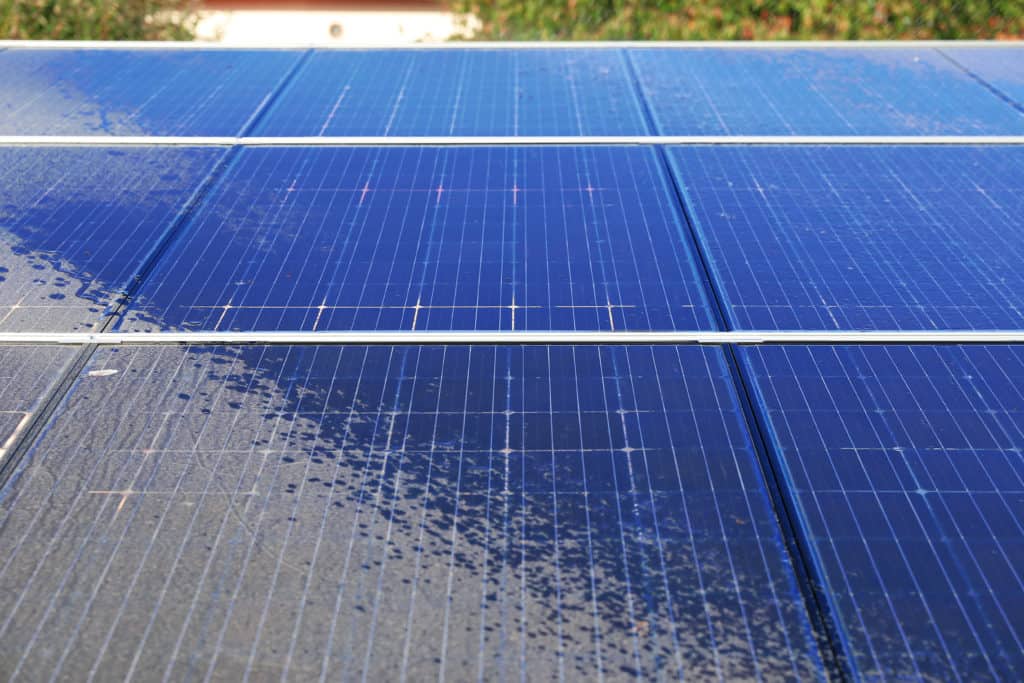
Whether you need to do maintenance on your solar panels or you just want to power them down for any reason, it is important to know how to turn off your solar panel system.
A solar panel system can be turned off by switching off the Solar Supply Main Switch (in the switchboard) and then turning off the AC breaker (next to the inverter). Once the AC system is stopped, you must turn off the DC breaker/switch (in the combiner box) to completely power down your system.
Read on to learn more about the Solar Supply Main Switch, DC breakers, and any other parts to your solar panel system that you might not be familiar with.
How to shut off your solar panel system
If something is wrong with your solar panels and you need to do some maintenance or get a closer look at the device, it is a good idea to completely power down your panels before you electrocute yourself accidentally.
The first step to turning off your solar panel system is to locate your switchboard. Switchboards are typically found on the outside of a house or near/inside a garage, and they are where fuses and circut breakers are housed. Switchboards are also commonly placed near electricity meters.
Once you have located your switchboard, you need to find the Solar Supply Main Switch and flip it to OFF.
The next step is to go to your inverter and turn off the AC breaker. Once you have turned these two things off, your solar panel system will then stop delivering energy to the power grid.

You aren’t done yet, however. The next step is to go to the combiner box. (If you don’t have a combiner box, then you will do things a little differently.) Usually combiner boxes are for utility scale and larger commercial solar panel units, so if you are only wondering about your personal home solar panel system, then you probably don’t have a combiner box. In the combiner box will be a DC breaker/switch that will need to be powered off.
If you don’t have a combiner box, then the next step to turn off your solar panel system is also located in your inverter. You will need to turn off the DC isolater switch. (This switch might also be marked “PV Array” along with DC isolater, or these might be two separate switches. If they are two separate switches, turn both off.
If your inverter also has a switch labeled “Inverter Isolator,” then you need to also turn that switch to OFF. If your inverter doesn’t have the Inverter Isolator switch, then you can skip that step.
Now your solar panel system should be completely turned off and powered down and all lights and displays should be turned off. Make sure to wait five seconds in between every switch you flip while turning off your system. Give your system a minimum of five minutes before you turn it back on.
How to restart your solar panel system
Once you have turned off your solar panel system and have done maintenance, cleaned it, changed parts, or anything else you might have done to it, it is fairly easy to get your system going again. You simply have to repeat the steps above but in the opposite order.

- Go back to your inverter and switch the “Inverter Isolator” back on (if you have that switch.
- Switch the DC Isolator/PV Array switch (or switches if there were two) back on.
- Turn the AC breaker back on.
- And finally, go back to the switchboard and turn the Solar Supply Main Switch back to ON!
Be cautious:
Solar panels work by using sunlight to create DC (direct current) which is then converted into AC (alternating current) by your inverter. If the sun is out, then your solar panels are constantly creating that direct current. Even when you turn off your system, the solar panels will still be creating that current, even if it isn’t going anywhere. So, be cautious when handling your system.
Also be careful if you have a battery system set up to store your extra power instead of using the grid system. If you have batteries, then you will most likely have another DC breaker on your battery system. Make sure to turn off that DC breaker after you turn off the DC breaker on your inverter.
Most solar panel systems power down at nighttime, so if you are extra worried, you can turn off your system at night.
When in doubt, it is worth it to hire a professional. If you need to repair or replace your panels, it might be tempting to look up a youtube video and try to do it yourself, but the safest course of action is to consult someone who knows what they are doing. This way, you will not accidentally damage your solar panels, your roof, or yourself.
Because solar panels need sunlight to create energy, it is a common solution to cover the panels with something dark to block the sunlight to “turn off” the system. You can use blankets or something similar that isn’t heavy and will not damage your system.
Cleaning your solar panels
If the reason you want to turn off your solar panel system is so you can clean off the panels, then you are in luck! You should not need to turn off your solar panels to do some light cleaning. If you panels are tilted, then rainfall will do most of your cleaning for you. However, if you live in a dry area with little rainfall, you can use a leave blower or a hose to clean off dust and small debris from your panels.

If you are trying to clear snow off of your solar panels, you can pour lukewarm water on them to melt the snow, but make sure the water isn’t hot so that you don’t crack the glass.
You should only need to clean your solar panels 2-4 times a year.